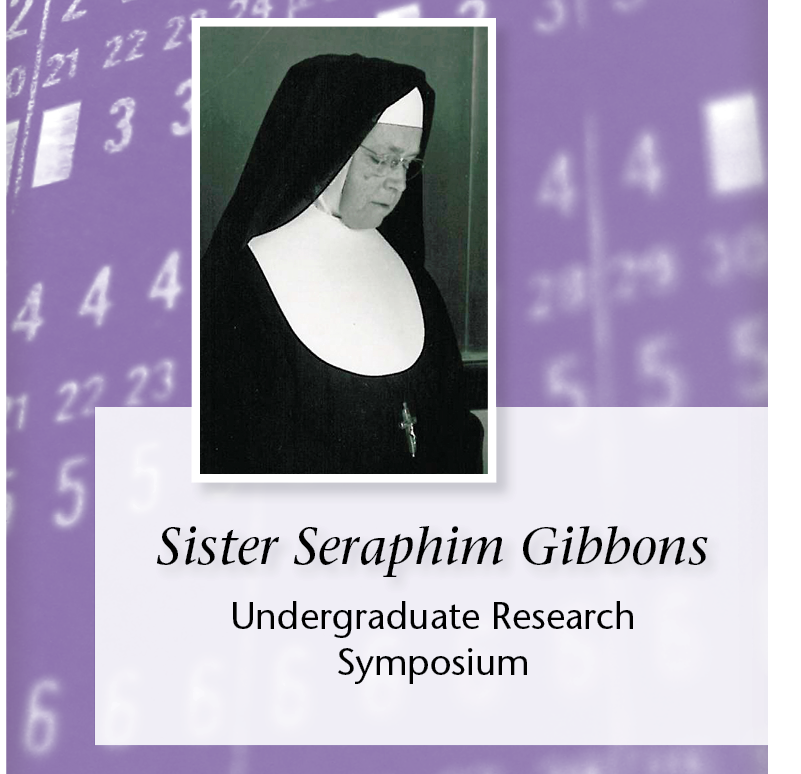APPROPRIATION AND IDENTITY IN WILLIAM H. JOHNSON’S SELF-PORTRAITS
Faculty Advisor
Dr. Amy K. Hamlin
Department
Art & Art History
APPROPRIATION AND IDENTITY IN WILLIAM H. JOHNSON’S SELF-PORTRAITS
In his 1953 essay on style, art historian Meyer Schapiro wrote, “By style is meant the constant form—and sometimes the constant elements, qualities, and expression—in the art of an individual or group.” Yet the ostensibly “constant form” that characterizes Schapiro’s definition of style is not entirely present in the work of William H. Johnson. Johnson was an academically trained painter who, inside of a relatively narrow and febrile period of about twenty years of artmaking, experimented with and synthesized a variety of avant-garde styles after moving to Europe in the late 1920s. His unwillingness to commit to developing a singular style persisted so strongly throughout his career that, after returning to the United States and toward the end of his career, he was painting in a bold, linear style reminiscent of African-American folk art. Though Johnson displayed neither constancy nor originality in style throughout his career, he did revisit himself often as a subject of his paintings. This paper considers Johnson’s self-portraiture as a kind of constant subject in order to trace and interpret his stylistic experimentation. Self-portraiture arguably served as a platform for this experimentation, as well as a way for Johnson to explore his complex identity—as an African-American living in Europe, yet an outsider of the modern European painting tradition. By adopting the styles of the European moderns, Johnson invested them with new meaning. Johnson’s stylistic heterogeneity challenges Schapiro’s definition of style, which has become a common definition in art historical discourse, and defies established categories of style.
